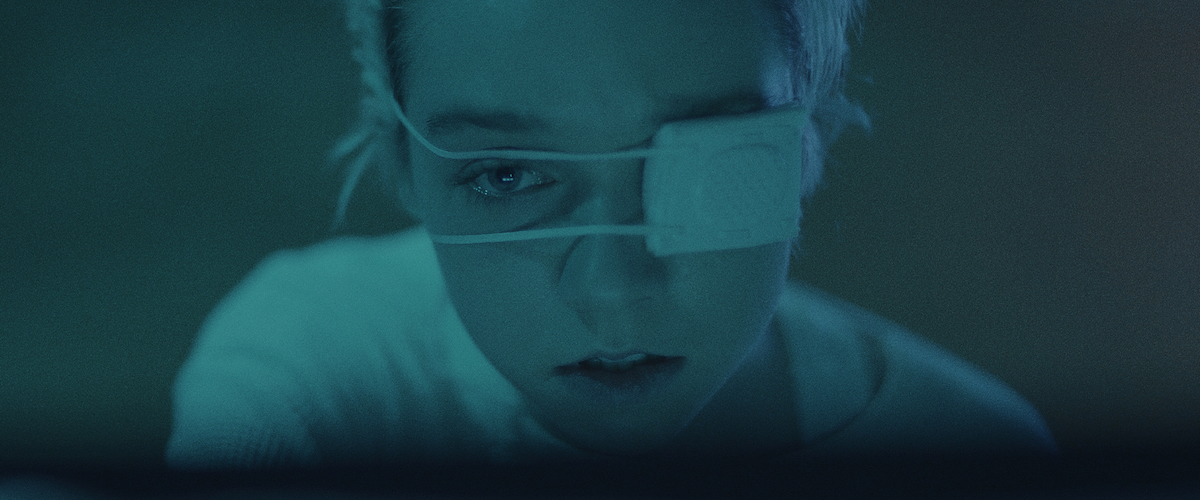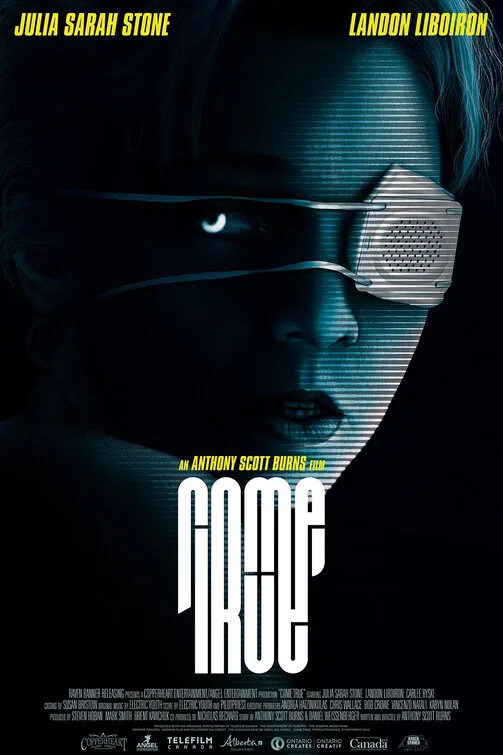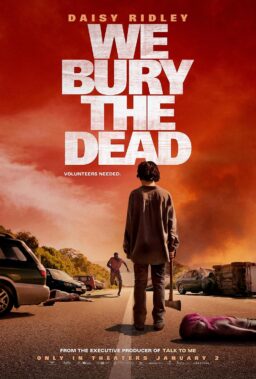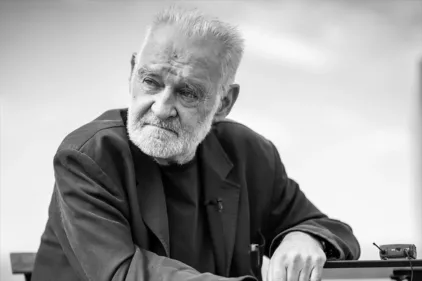Do not adjust your television set. The opening moments of—as well as various sequences throughout—Anthony Scott Burns’ unsettling if not thematically foggy sci-fi/thriller “Come True” will be jumpy and blurry, and that’s by design. During some of those inventively atmospheric scenes (which should come with a warning for the epileptic), you will be inside the mind of the deeply asleep Sarah (Julia Sarah Stone), a high school student so starved for a few peaceful nights of slumber that she jumps on the opportunity when she comes across a sleep study program, hosted by a local university.
“So, we just show up and sleep?,” the young woman asks in disbelief at her first meeting with the scientists in charge of the mysterious experiment. And you can’t exactly blame her for her skepticism. The idea of peacefully drifting away in a comfortable bed is not a known experience to Sarah, who seems to be running away from an unnamed abusive situation at home, spending most of her nights either sleeping at a nearby playground or crashing with her best friend Zoe (Tedra Rogers). Indeed, despite being hooked up to several wires, wearing a thick felt helmet, and sporting various panels tightly wrapped around her body, Sarah wakes up in the morning of her first sleep study night, feeling and looking fresh as anything—maybe she could now stay awake during class, and not drown herself in half a dozen cups of coffee a day.
Predictably, things aren’t as simple as they look in the secretive and groundbreaking (or, so they say) study, aimed at uncovering the truth behind the unexplained condition of sleep paralysis, as revealed later on. First, there’s the question of the only other female in the program, who doesn’t show up beyond her first night. The researchers try to assure Sarah that people drop out all the time, but she nonetheless feels uneasy. Then there’s the issue of the charming Jeremy (Landon Liboiron), who continues to stalk Sarah—it’s an alarming shocker to her (though not to us) when it’s disclosed that he’s involved behind the scenes of the study. Equally disturbingly, there’s the episode of a panic attack that Sarah has when she is shown a familiar image captured from one of her nightmares—just a shadowy figure with indistinct eyes.
The concept of these fearsome pitch-black figures lurking towards you while you sleep, approaching you as you crack your eyes open in tongue-tied dread, will be intensely familiar to those who had the misfortunate of experiencing sleep paralysis before, as well as those who have seen Rodney Ascher’s mischievously spine-tingling docu-horror, “The Nightmare.” He’s not as effective in his scares as Ascher, but Burns still gives these hellish visions a frightening edge, enveloping them in the depths of Sarah’s abstract subconscious with ample visual punch. Her dreams crawl through dark tunnels and eerily opening doors, catch glimpses of sculpted limbs and stony bodies hanging from the ceiling, with the images of the sometimes still, sometimes creepily in-motion shadows perennially present. These are genuinely the most effective scenes of “Come True,” with aggressive but memorable production design elements working overtime to disguise the film’s low budget and rough yet commendable VFX. The film’s icy cinematography and synth-centric score—Burns shot, edited, wrote and co-scored the film, the latter under the pseudonym, Pilotpriest—also feel a tad heavy-handed. Still, they collectively help him approach his Cronenbergian levels of paranoia-infused terror, even though he doesn’t quite get there.
Elsewhere, especially on the page, Burns doesn’t appear as purposeful. “Come True” teases certain themes, such as a mandatory code of ethics that should guide a scientific experiment, only to discard them before engaging with their full breadth. Similarly, a dutiful name-check of the Kubrick-ian Room 237 feels all too basic. Perhaps more troublingly, Burns doesn’t delve into Sarah’s emotional psyche as deeply as one craves throughout “Come True.” The somewhat maddening twist ending—more a copout than genuinely earned—excuses some of that misstep, but only artificially so. At least Stone is completely game for the wild ride, putting forth a sturdy yet manic presence with startling authority, even when the brooding aura that surrounds her begs for adequate substance.
“Come True” will be available in theaters and on demand on March 12.




















